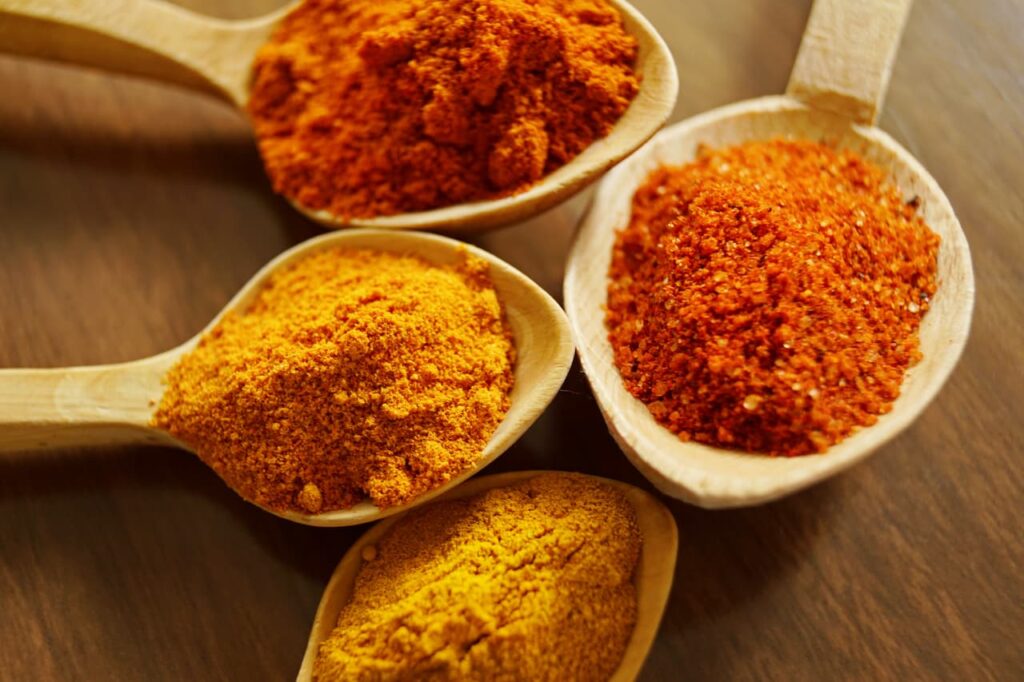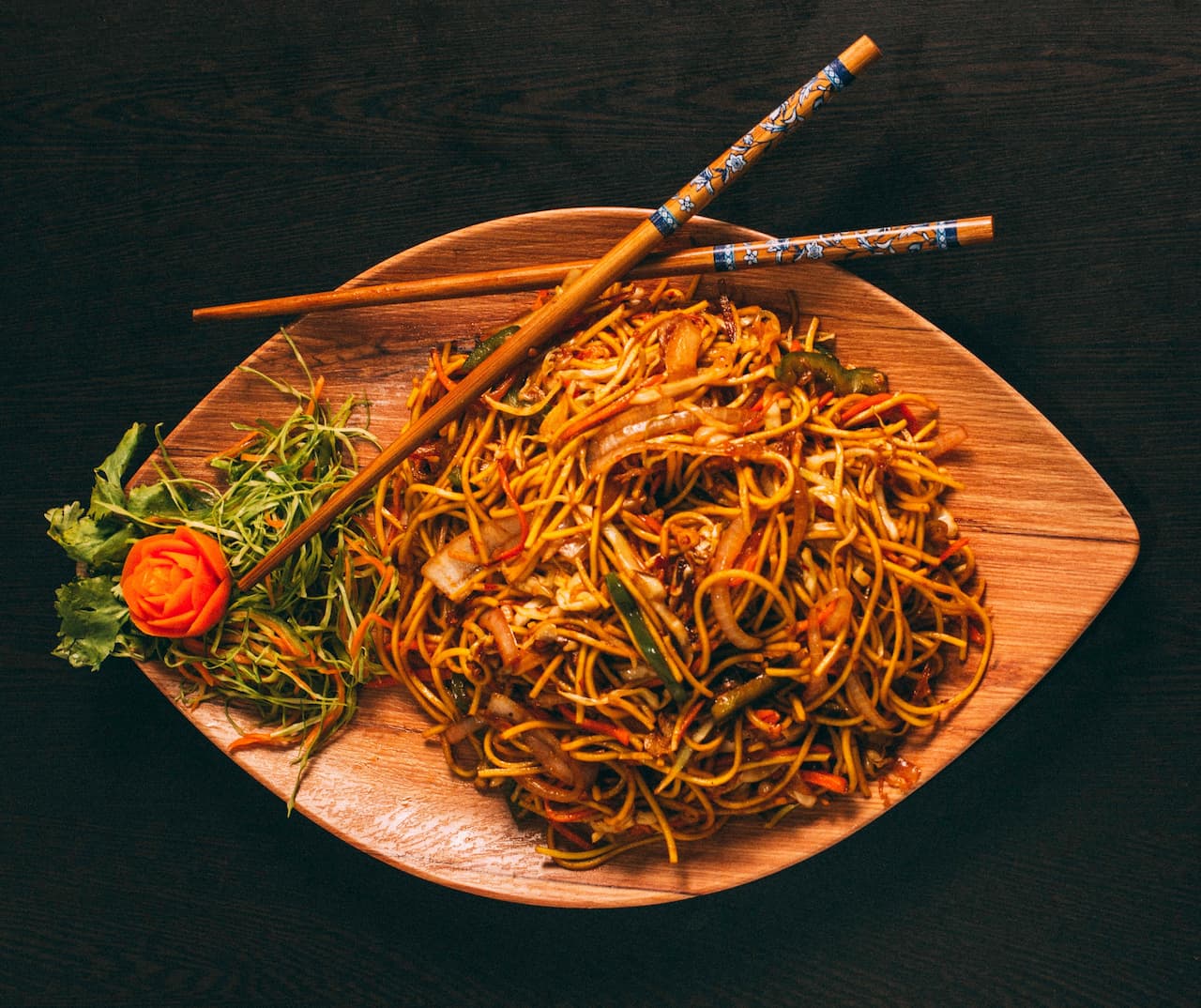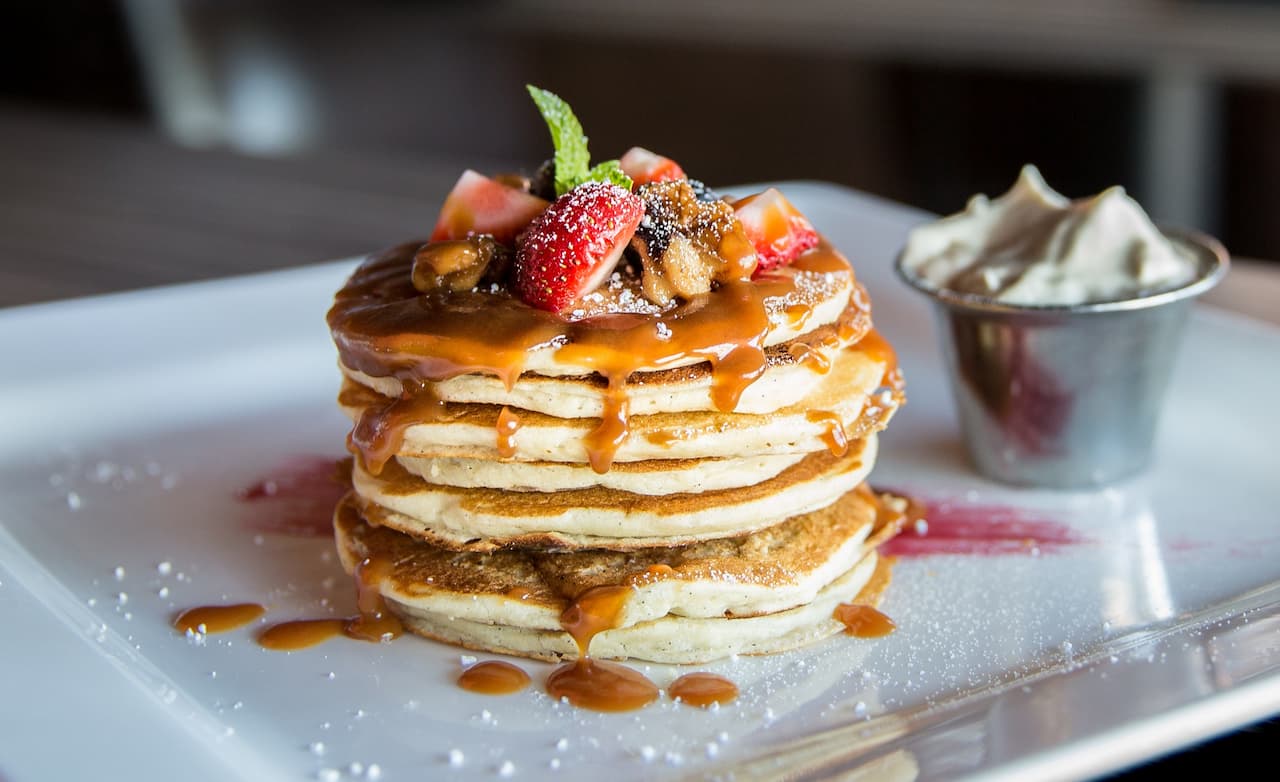Chinese food has a rich history and traditions that go back to the distant past. The concept of cooking is linked to ancient Chinese philosophy. Harmonisation of food was created some years before Christ by the sage Yi Ying whose recipes are still the basis for Confucianist cooking in Shandong province. A distinctive feature of food in China is a balanced combination of products that allows Chinese cuisine to have a unique flavour, aroma and colour. The locals are also big fans of online casino https://onlinecasinozonder.nl/, which is why they often order fast food at home.
How are Chinese foodstuffs cut and fried?
Proper slicing and frying of vegetables and meat is another major principle in traditional Chinese cooking. All ingredients are cut into uniform small cubes and fried over a high heat for a few minutes. Add spices and ginger to the oil in the pan to enrich the colourful flavour. Batter is often used to keep meat, fish or other products juicy. In some cases whole fish is fried to preserve its shape but it is now quite rare. Cooked whole fish is considered a symbol of the integrity of the world or the completion of some grandiose undertaking.
Spice
Giving a special flavour to salads, soups and main dishes in Chinese cooking is a major staple. Ginger tops the list of spices. Its use allows you to give an original taste to absolutely any dish. Among the spices used are black, white and red pepper, nutmeg, coriander, badjan, spicy herbs, cinnamon, peppermint and many others.
Recipes often refer to Chinese vinegar and sesame oil, which is often overcooked with chili pepper to add to vegetable dishes. According to Chinese culinary canons, food should not only taste bright but also be healthy. Most Southern Chinese dishes are considered strong aphrodisiacs. For instance, rice tincture may enhance male potency.

Main foodstuffs
The main components of the dish are considered to be:
1. Rice is the most important ingredient in the diet of any Chinese person. They eat boiled or fried white rice, which is used in noodles and flatbread recipes, and in many alcoholic beverages.
2. Chinese noodles are many varieties of pasta, varying in texture and composition. The noodles are most often served with sauce, vegetables and other additives.
3. Soy is an indispensable supplier of protein in Chinese regions. It includes tofu, soybean paste, soybean oil and other indispensable products of any meal.
4. Cereals are a staple in the diet of the northern inhabitants. They use grains to make flour, baked goods and jiaozi.
Varieties of regional Chinese cuisine
The concept of Chinese cuisine includes many regional cuisines that differ not only in the lifestyle of individual regions, but also in climatic conditions and geography. Many cuisines use different methods of baking, stewing, preserving or salting. The most famous and influential varieties of cuisine in China are considered:
– Sichuan cuisine – known for the bright flavour and intense spiciness of dishes, which is caused by the large addition of garlic and pepper. Sichuan is rich in rice and vegetables, as well as wild mushrooms, which are used in almost every recipe. Beef and pork are considered the main types of meat. Salt from wells in Sichuan, unlike sea salt, does not contain iodine, and residents pickle and marinate vegetables with the addition of chilli. The region’s famous dishes include gongbao chicken, sweet and sour noodle soup, and stir-fry bean.
– Suzhou cuisine – Yellow Sea seafood is used as the main ingredient. The finished food is light and refined, and the dishes are mostly sweet and concentrated, with a thick broth and clarity of flavour. Popular regional dishes include carp in orange sauce, Peking duck, and squirrel in mandarin sauce.
– Shandong Cuisine – This cuisine, well known in northern China, has made a major contribution to imperial and many other cuisines. Seafood and cereals are extensively used in cooking. They are stewed, roasted, baked, simmered, caramelised and broths boiled. The main contribution to the recipes was the addition of vinegar, which was more complex than in other regions. Another main feature of the cuisine is the addition of corn, which is highly starchy in this region. The most famous dishes include braised trepan, roast duck, and carp in sweet and sour sauce.
– Zhejiang cuisine – dishes from this region are known for their freshness and moderate flavour. The choice of ingredients depends on the season. Cooks specialize in flash frying and steaming, which helps preserve the natural properties of the food. Famous Zhejiang dishes include Lunjing shrimp, lake fish in sour sauce, and crystal pork.



